Ford’s Mustang Mach-E is coming next year, three models announced, with one of those sneaking under the $80k threshold for the rebate. We recently drove both the long range AWD model and the GT in the US as a side programme to the reveal of the (real) Mustang. But we shouldn’t be disparaging of the electric horse, for it is outselling the pony car in the US. But then it’s a five-seat SUV, infinitely more practical, and leveraging the nameplate has created a vehicle people want.
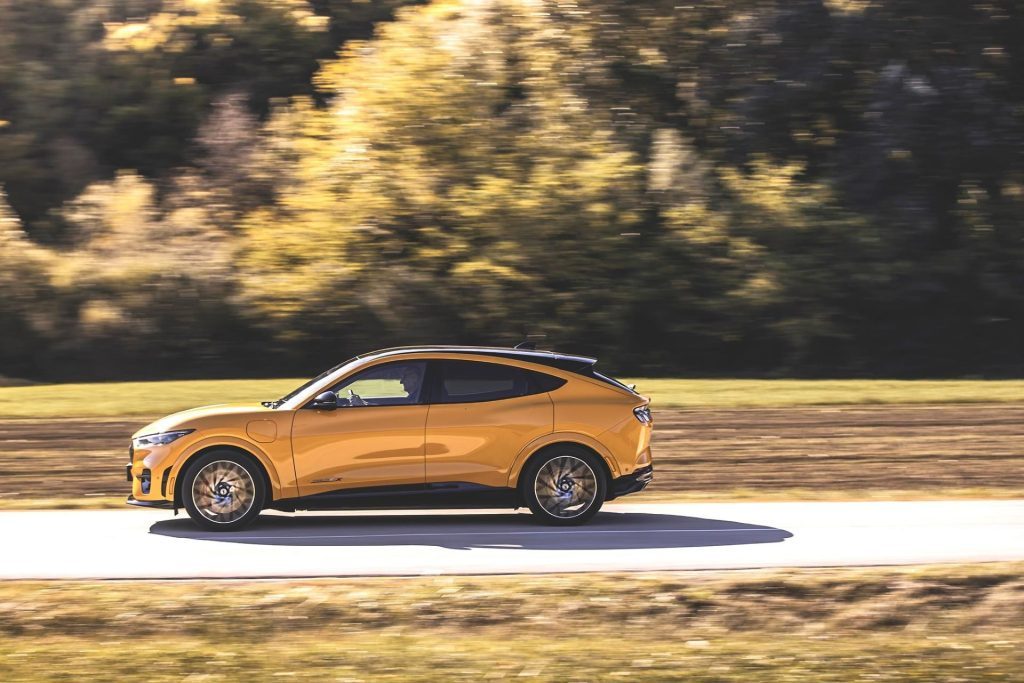
It was a cunning strategy as Darren Palmer, Vice President of Electric Vehicle Programs at Ford says; “I was part of the team who suggested Mustang electric. Can you imagine how that went down in our company?”
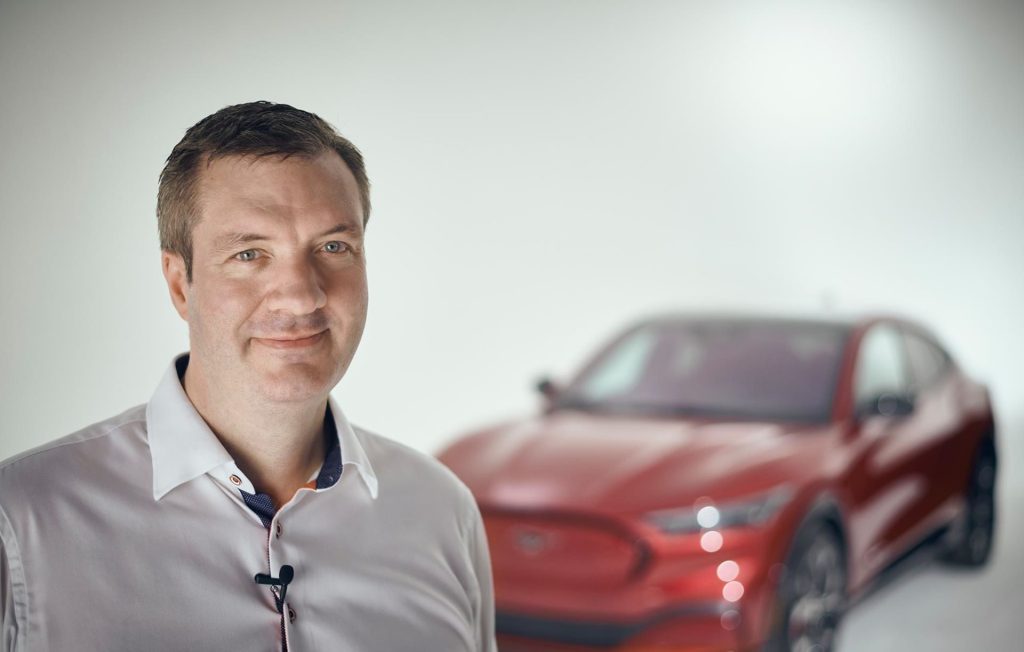
He says the original idea for the new Ford BEV was less than inspiring. “It looked like a Dust Buster, it was essentially a Focus BEV version II with a better battery.” But he says people no longer just want an electric car; “We realised that if you want to get them, they’ve got to want it, and we decided to make a car that people had to have. People thought that was crazy, but we’re bringing emotion to the electric car space.”
The Mustang Mach-E is better appreciated in the flesh, it’s not a classic beauty but is certainly interesting. The cabin quality, design and feel are about what you’d expect from Ford but ,being an EV, there is more storage area and the driving position is spacious. The user interface is straightforward, the big screen easy to use, and quick acting. It’s not the biggest SUV in terms of interior space, offering a similar amount to Escape we’d say in terms of rear seat room and boot volume.
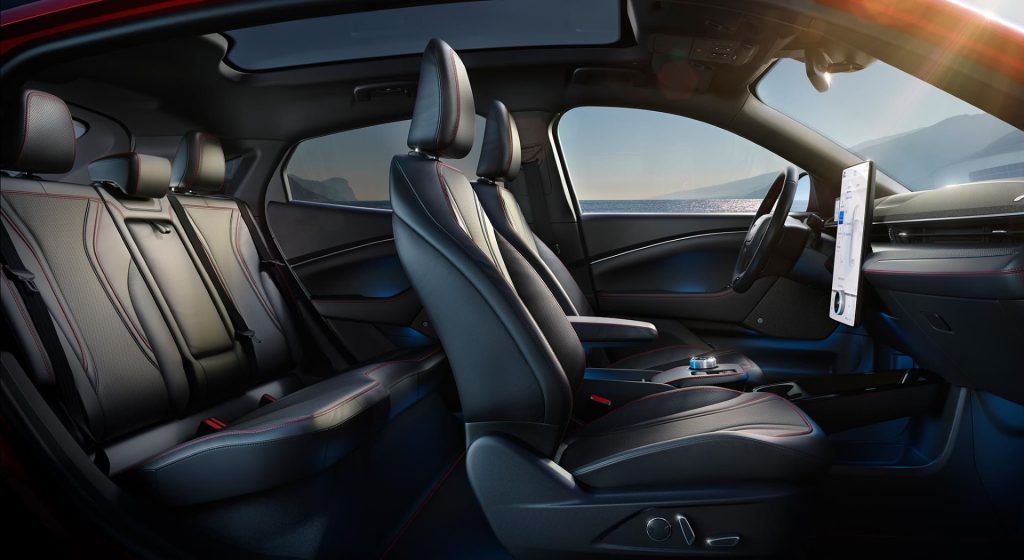
The drive was of the scenic variety, and speed restricted, so it was more of a taster. It has the usual EV characteristics; smooth, quiet, torquey, and the powertrain response sharpens as you proceed through the drive modes (Whisper, Emotion and Unbridled). There’s a one-pedal drive mode and you can add sound to accompany your progress. The performance uptick in the GT is palpable, with a snappy delivery, and enough torque to chirp the fronts off the mark.
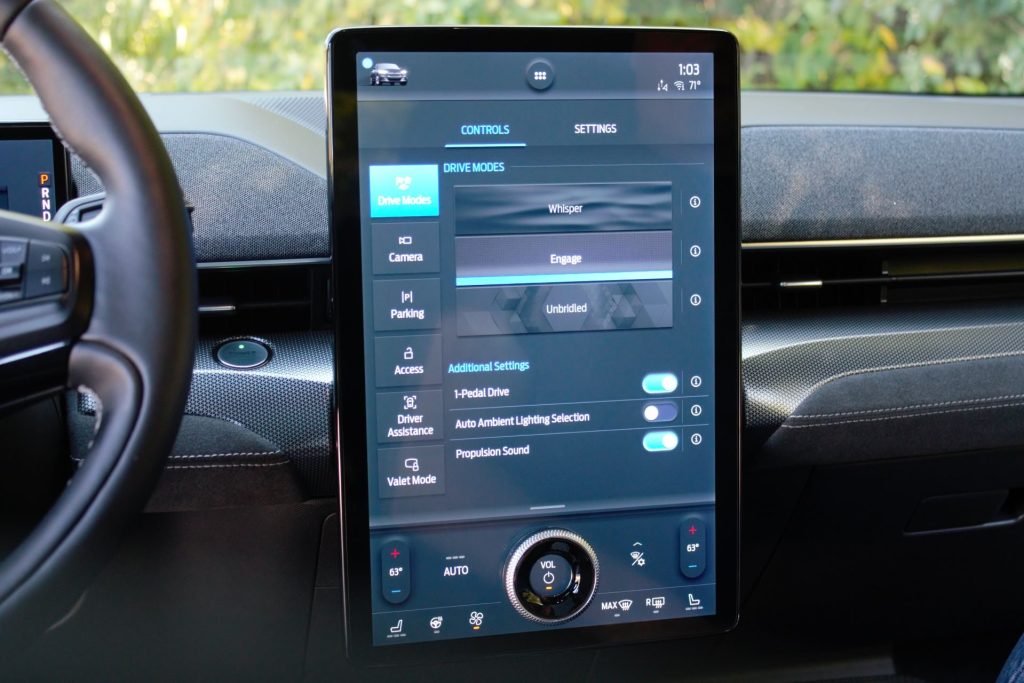
We are getting the Mustang Mach-E a bit late in the piece; it’s been on sale in the US for almost two years now. Leeway Ho, engineering supervisor for the Ford Mustang Mach-E, says they have made several updates since it launched. “We are constantly looking for ways to improve the vehicle and we’ve done incremental improvements in both hardware and software, including extending the amount of useful energy in the battery. We’ve made some hardware changes to help extend the range. We’ve done an HMI interface update, and also improved a few things we didn’t get a chance to do before launching, pushing these updates over the air.” They have also improved charge rates too.
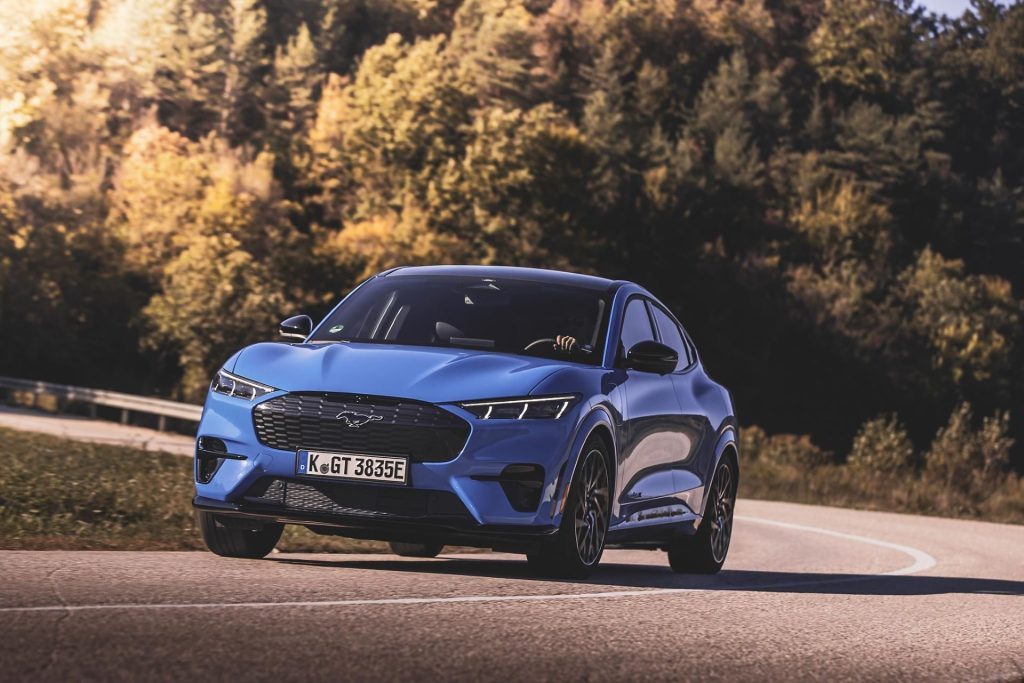
Behind the wheel, the steering gives a faithful vibe, but is the Mach-E worthy of the Mustang tag we asked Ho. “We need to cover a range of customers with the Mach E,” he says. “At its most basic, it is a commuter vehicle but we have a performance GT model as well. It wasn’t necessarily about delivering the ultimate performance you might associate with Mustang, but rather the ‘spirit of freedom’ and enjoying the ride.
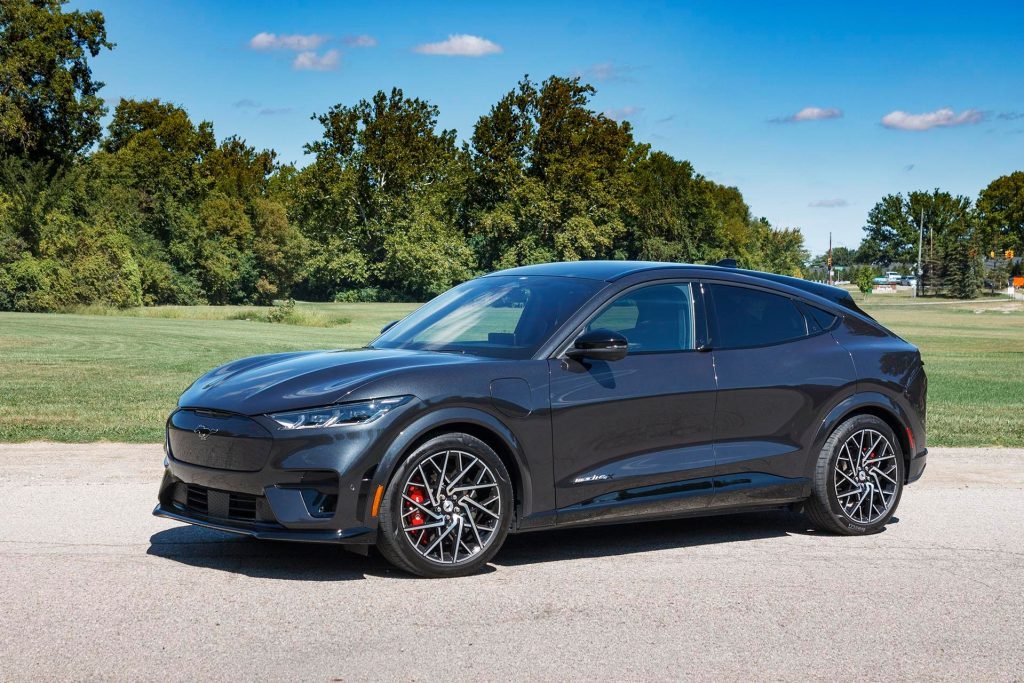
“While we tuned the ride and handling to be accommodating of five passengers and cargo, at the same time we wanted to cater to the sportier aspect of Mustang. It had to handle the twisties with confidence. The car in turns is very neutral, but you can step on the gas and you can get oversteer. It’s a very fun car. We definitely nailed the balance of everyday usability while still maintaining that Mustang spirit.”
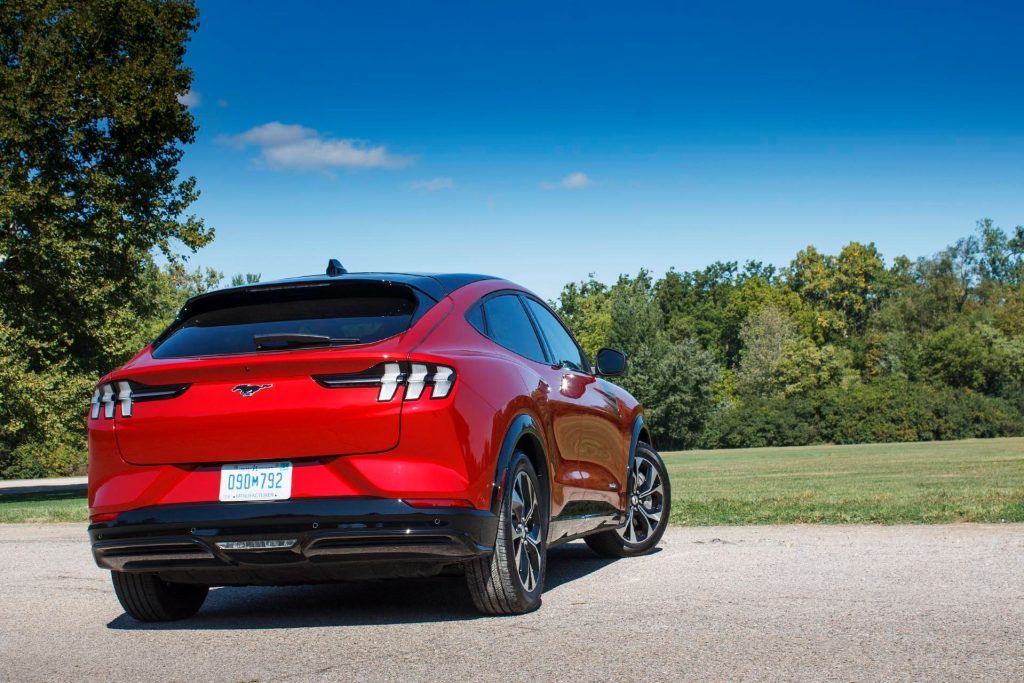
As stated, of the three Mustang Mach-E models announced for NZ, just one qualifies for the rebate, the entry RWD being $71,365 once the rebate is claimed. This offers a claimed 440km WLTP range from the 75kWh battery. It is therefore a big premium for the long range AWD model (550km from its 98kWh battery), which starts at $109,990.
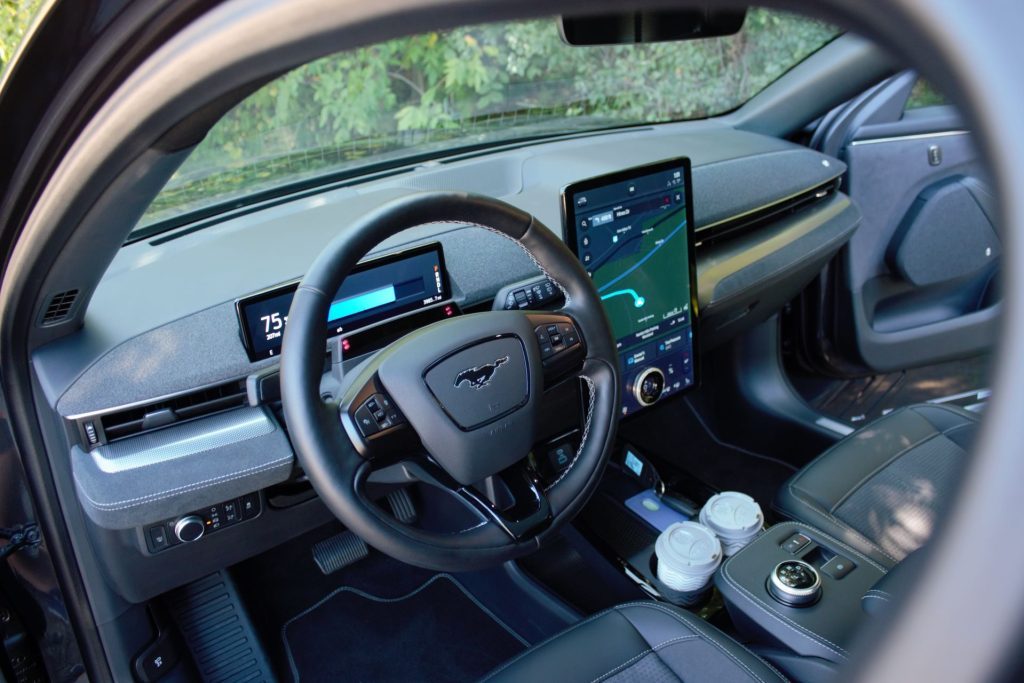
Palmer says that in the US, people have 300 miles (480km) in their head. “It’s a psychological thing and so 80 per cent of the Mach Es we sell are long-range models. But if we look at the data we have on actual usage it’s a joke because most are only doing 20 miles a day.”
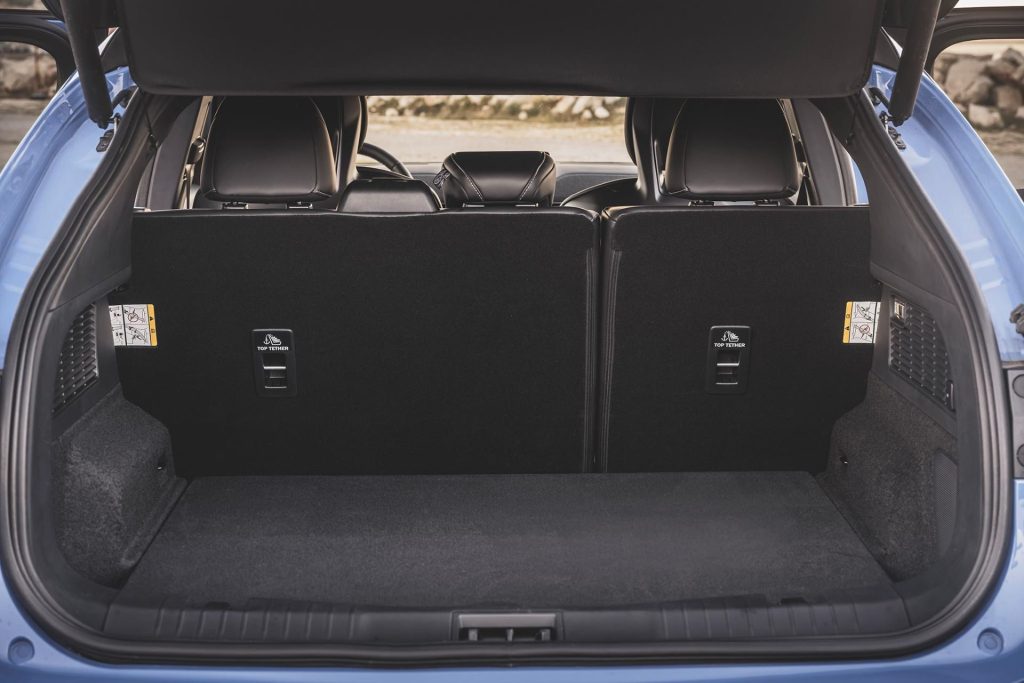
He believes that many second-generation EV buyers will start to realise this, and the demand for such large batteries will fall, especially if the EV is a second car. “People who know EVs understand that a shorter range is acceptable but how many people in America know that? One day we will be able to offer cars with smaller batteries but I can’t say when. What I can say is that almost every EV customer we have now says ‘I’m never going back’.”


